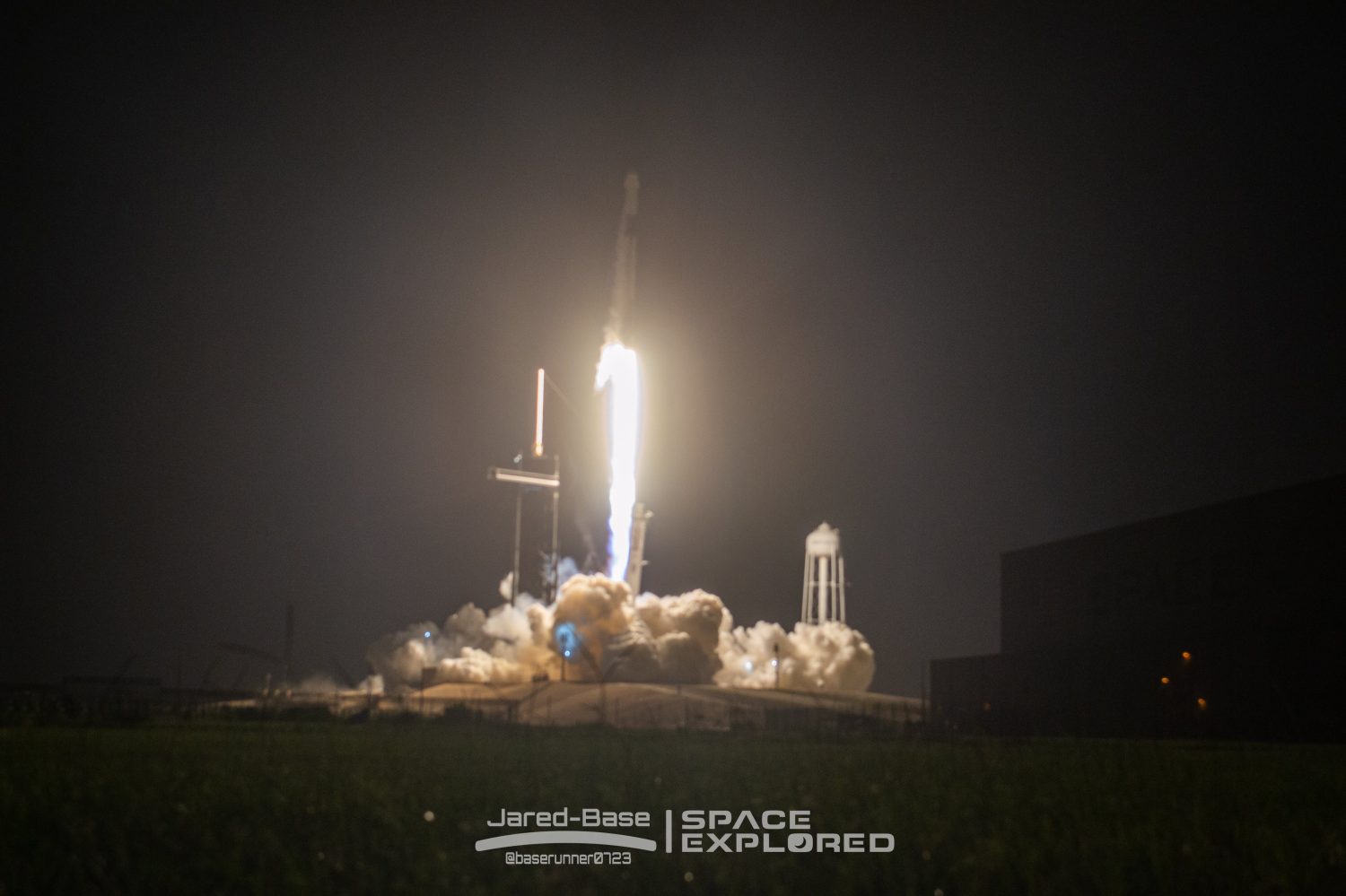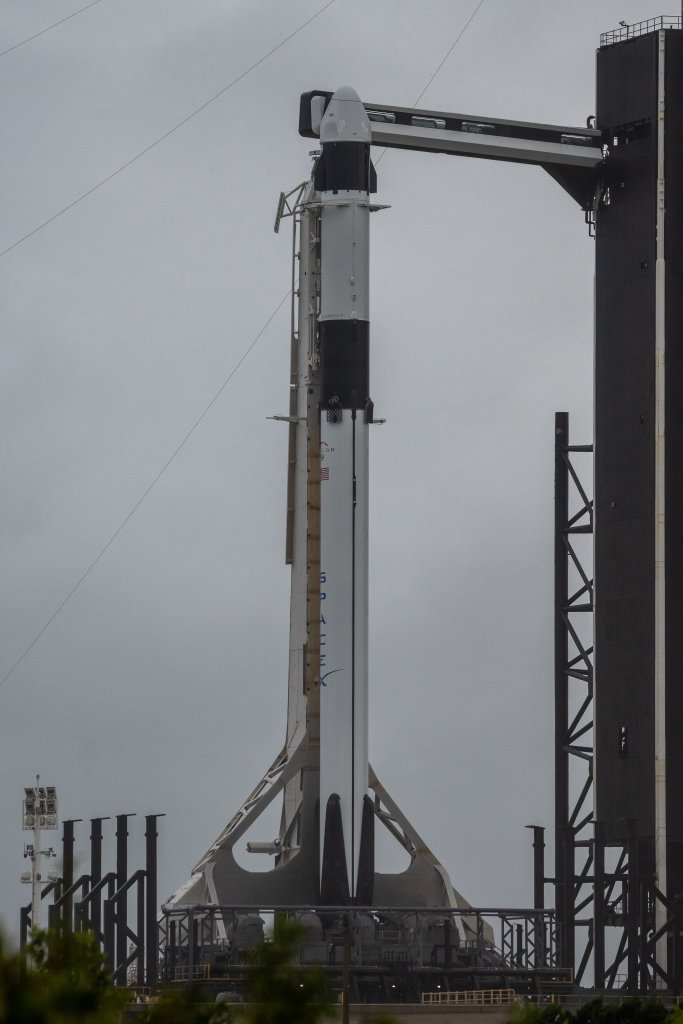
This week SpaceX is preparing for its next mission to space, this time a cargo resupply flight to the International Space Station. SpaceX’s CRS-24 will launch the company’s Dragon 2 spacecraft to the ISS and take additional food, experiments, and other supplies to the current crew. Two notable studies will be a protein crystal growth study for possible future cancer treatments drugs and a handheld bioprinter that could one day heal wounds.
Date: Tuesday, December 21, 5:06 a.m. EST
Rocket: SpaceX Falcon 9 (B1069-1)
Capsule: Dragon 2 Cargo (C209-2)
Launch Pad: LC-39A, Kennedy Space Center, Florida
Destination: International Space Station, Low Earth Orbit
Landing Site: Just Read The Instructions, Atlantic Ocean
What is the Dragon 2?
SpaceX’s Dragon 2 capsule was developed for NASA’s Commercial Crew Program as an upgraded crewed version of the original Dragon capsule. The Dragon 1 capsule served reliably for SpaceX and NASA and visited the ISS 20 times.
The improved Dragon 2 variant allows SpaceX to autonomously dock with one of the ISS’s two IDA, International Docking Adapter, ports. These ports, named IDA-2 and IDA-3 (IDA-1 was lost in the CRS-7 anomaly) are on the Harmony module with IDA-2 currently being used by Dragon Endurance. That means C209-2 will be arriving at IDA-3, “on top” of the space station.

What is the Falcon 9?
Like all Dragon flights before it, CRS-24 will be launching on top of a Falcon 9 rocket, SpaceX’s workhorse vehicle. The Falcon 9 gets its name from the 9 Merlin engines it uses on its reusable first stage to lift the payload through the majority of the atmosphere. After the first stage is finished, the second stage and its single vacuum optimized Merlin take over to carry the Dragon spacecraft to orbit.
In total, the Falcon 9 has launched 133 times with one failure in flight and one in preflight tests giving SpaceX a 98% success rate. The Falcon 9 rocket was the first orbital rocket to be recovered and reused again. So far it has proven that reusability is a viable option in the industry with several companies following suit.
The Booster
A rare occurrence, but this is a brand new booster. SpaceX has brought its fleet up to 17 boosters, including Falcon Heavy and Falcon 9. Finding room for all of these boosters will be hard. Most are spread out between hangers on the Space Force Station, Horizontal Integration facilities at each launch site, and Hanger X at Kennedy Space Center.
How to watch CRS-24?
If you are in the Space Coast area, there is plenty of public viewing area along US 1 near Port Canaveral, make sure to watch out for traffic. The best live views will be found during SpaceX’s live coverage of the launch. It typically starts 15 minutes before liftoff and can be found on the company’s YouTube channel. Make sure to also check out Space Explored’s ISS stream.
Featured Image: Jared Locke / Space Explored
Enjoy reading Space Explored?
Help others find us by following on Apple News and Google News. Be sure to check us out on YouTube, Twitter, Facebook, and Instagram, join our Discord!
FTC: We use income earning auto affiliate links. More.

Comments